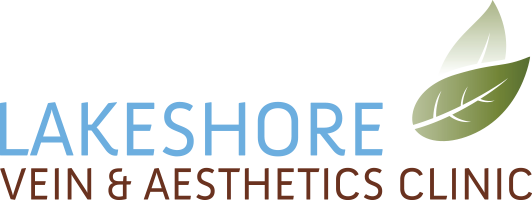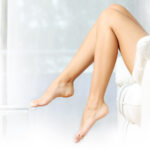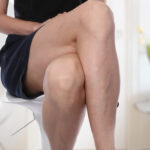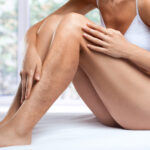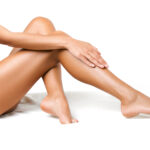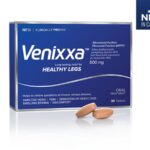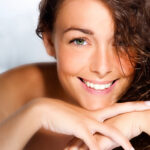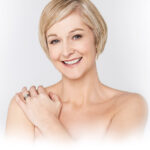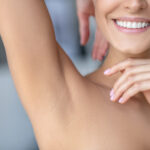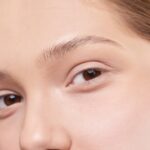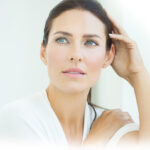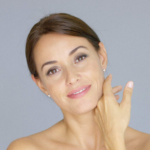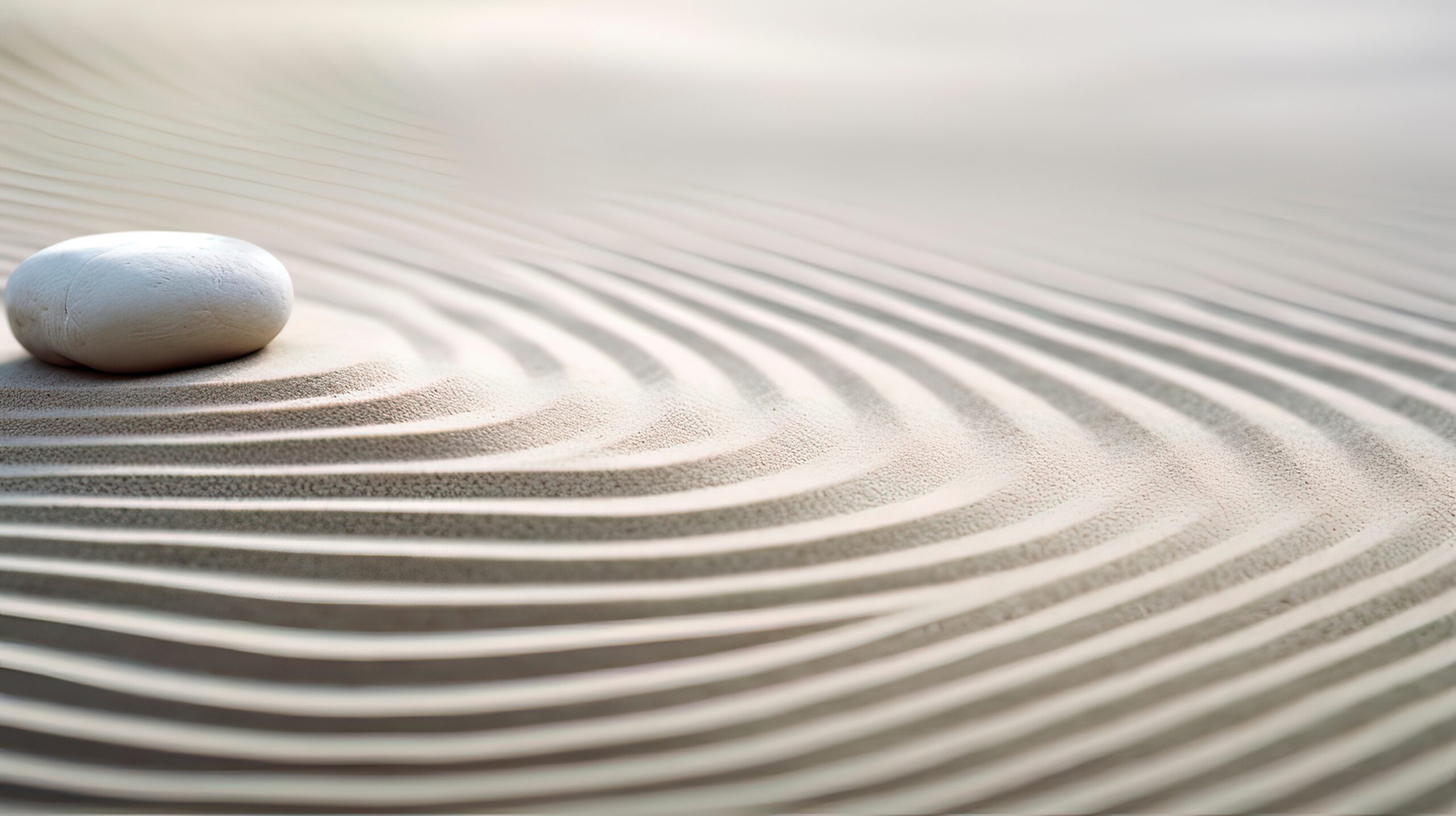There are some diseases which, if you have never experienced them, put you in the minority. Acne is such a disease, affecting 80% of adolescents and young adults . While acne is not a life-threatening condition, it can be associated with significant emotional distress and leave both physical and psychological scars.
Acne is a common problem throughout the world and there is a plethora of acne treatments available. To get a handle on this common disease and give some guidelines for treatment based on scientific study, an international group of physicians and researchers in the field of acne came together in 2003 to form the Global Alliance to Improve Outcomes in Acne. Their recommendations are the basis of the most current and medically accepted acne treatments.
WHAT IS THE CAUSE OF ACNE?
Acne occurs in the pilosebaceous unit of the skin, more commonly known as the hair follicle. Each hair follicle has an oil- (or sebum-) producing gland attached to it that serves to lubricate the skin and hair. Sebum normally moves up the hair shaft to the skin. Dead skin cells shed from the follicle also move up the shaft to the surface of the skin.
In puberty, due to the production of androgens, the sebaceous glands start to enlarge and produce more sebum. In addition, the dead skin cells of the follicle come off in clumps instead of one by one. The opening of the hair follicle can then become plugged by accumulated sebum and dead skin cells. This is the primary acne lesion, called a micro-comedone. This goes on to become whiteheads and blackheads.
A whitehead is seen as a tiny white spot and occurs when the plug is below the skin surface. In a blackhead, the plug is partially exposed through the surface of the skin and the contact with air causes the pigment in the plug to oxidize and turn black. Whiteheads and blackheads can eventually clear on their own, but if there is colonization of the hair follicle by a bacterium known as P acnes, an inflammatory papule will result.
The red firm papule will usually over a number of days become a pustule which then gradually resolves. In some cases, however, the pustule can enlarge below the skin surface, causing large nodules and cysts. These are the acne lesions most likely to heal with scarring.
WHAT ARE THE RISK FACTORS?
While the exact cause of acne is not known, hormones and genetics definitely play a role. Certain medications, greasy cosmetics and creams can also promote acne. Friction from helmets, backpacks, telephones, etc. can worsen acne as can picking at the acne lesions or scrubbing the face excessively. Whether food can worsen acne has been a matter of debate but the latest findings are that food is not a causative factor.
WHAT IS THE MOST CURRENT TREATMENT FOR ACNE?
TOPICAL RETINOIDS
According to the Global Consensus Guidelines, everybody suffering from mild to moderate acne should be on a topical retinoid, a form of vitamin A. There are several on the market and are available by prescription only. The biggest side effect of the topical retinoids is skin dryness and irritation. Since the first retinoid, Retin A, was introduced in 1970, there have been newer retinoids produced with better side effect profiles.
Topical retinoids prevent the formation of and reduce the number of micro-comedones, reduce whiteheads and blackheads as well as inflamed acne lesions, and promote normal shedding of dead skin cells through the hair follicle. They are effective in preventing the recurrence of acne once it has come under control.
For mild acne with only comedones and no inflammatory papules, I generally recommend gentle cleansing with a mild soap such as Cetaphil morning and night, using a topical retinoid at night and a non-comedogenic moisturizer in the morning. Skin will often be dry and irritated at first and the acne may even worsen, however, with persistence, the skin usually clears and the irritation dissipates as it becomes accustomed to the retinoid. For people with extremely sensitive skin, your doctor will adjust the quantity and frequency of use of the retinoid as well as the concentration.
ANTIMICROBIALS
For mild to moderate inflammatory acne, that is, acne that is red, tender, and associated with pus, topical or oral antibiotics are added to the topical retinoid.
Benzoyl peroxide is a safe and effective agent for treating acne. It can dry up the oil and kill bacteria, however, it is more effective and better tolerated when combined with a topical antibiotic. The main side effect with benzoyl peroxide is skin dryness and irritation, but this usually settles within a couple weeks.
For moderate inflammatory acne with more papules, pustules or nodules, an oral antibiotic instead of topical is usually necessary in addition to the topical retinoid. Benzoyl peroxide can also be added to the regimen. Oral antibiotics typically need to be taken for at least 6 – 8 weeks, but the idea is to get the inflammatory acne cleared, and then discontinue the antibiotic. The topical retinoid should be continued to prevent new acne lesions. With prolonged used of any antibiotic, topical or oral, there is a definite danger of organisms becoming resistant to those antibiotics, a problem widely seen in medicine today. This is one danger that does not apply to benzoyl peroxide, however, making it a safe agent to use long term.
ORAL RETINOIDS (ACCUTANE)
In the past, Accutane was reserved mainly for severe acne with many nodules and cysts to get the acne under control and prevent scarring, which can be quite extensive with this type of disease. However, it is now recognized that any scarring can be emotionally damaging for some people, and Accutane is used more frequently in moderate acne not responsive to other medications, or in moderate to severe acne that is frequently relapsing.
Accutane is the only agent that by itself is able to address all the factors that cause acne to occur. It decreases the size and amount of output from the oil-producing sebaceous glands, promotes normal shedding of dead skin cells from the hair follicle, prevents the formation of new comedones, inhibits P. acnes growth, and exerts an anti-inflammatory effect. Unfortunately, while Accutane is very effective, people taking it need to be closely monitored because of the possibility of serious side effects.
The most common side effects of Accutane include dry skin, chapped lips and dry eyes. Blood tests are needed to look for elevation in triglycerides and liver enzymes that occur in some people taking this medication. Accutane is also associated with serious birth defects, so any woman taking the medication should be on an effective form of contraception before, during, and 6 weeks after finishing the medication. Mood changes and depression should also be watched for by family and friends.
Accutane is usually used for 4 to 5 months, although some serious cases may require a longer treatment period. Unfortunately, while Accutane is very effective while a person is taking it, many people will have a recurrence of acne within the first year after finishing it. Sometimes, the recurrence can be managed with topical therapy as mentioned previously, but some people will require a second course of Accutane. Relapse is more common in people that were 16 years or younger when they had their first course of the medication and in women versus men.
HORMONAL THERAPIES
Birth control pills containing estrogen decrease acne by decreasing sebum production and are an excellent option for controlling acne in younger women, especially if they want an effective form of contraception. Caution is necessary for women over the age of 35, especially if they smoke, as there is increased risk of deep vein clots in this group.
There are other hormonal therapies that can be used instead of or in addition to birth control pills. These medications work by opposing androgens and can also be very effective.
Because hormonal therapies mainly target reduction of excess oil production, they should be used in combination with other acne treatments such as topical retinoids and antimicrobials if necessary for optimal results.
LASER AND LIGHT TREATMENTS
a) Blue light
It has been shown that the bacterium P. acnes can be destroyed by blue light, thus making it an effective treatment for inflammatory acne. It can clear up to 80% of acne lesions. Generally bi-weekly treatments are necessary for at least 4 weeks but maintenance treatments may be needed thereafter. It is important to initiate topical therapy with retinoids at the same time as treating with the blue light in order to prevent new acne lesions as effectively as possible.
b) Levulan followed by Blue light or Intense Pulsed Light
Levulan is a medication applied to the skin that treats acne by reducing the amount of sebum released from the oil producing glands, killing P. acnes, and exfoliating the skin. It requires activation from a light source such as blue light or the intense pulsed light laser, and is a form of photodynamic therapy, or PDT. It is associated with at least several days of redness and peeling but gives longer lasting effects as compared with the blue light on its own. This treatment is also given as an antiaging treatment to rejuvenate the skin.
c) Other lasers
The diode lasers, pulse dye lasers, and intense pulsed light lasers are also used with success to treat acne. Generally, one looks to these treatments when the previously discussed treatments have not been effective or are not tolerated.
